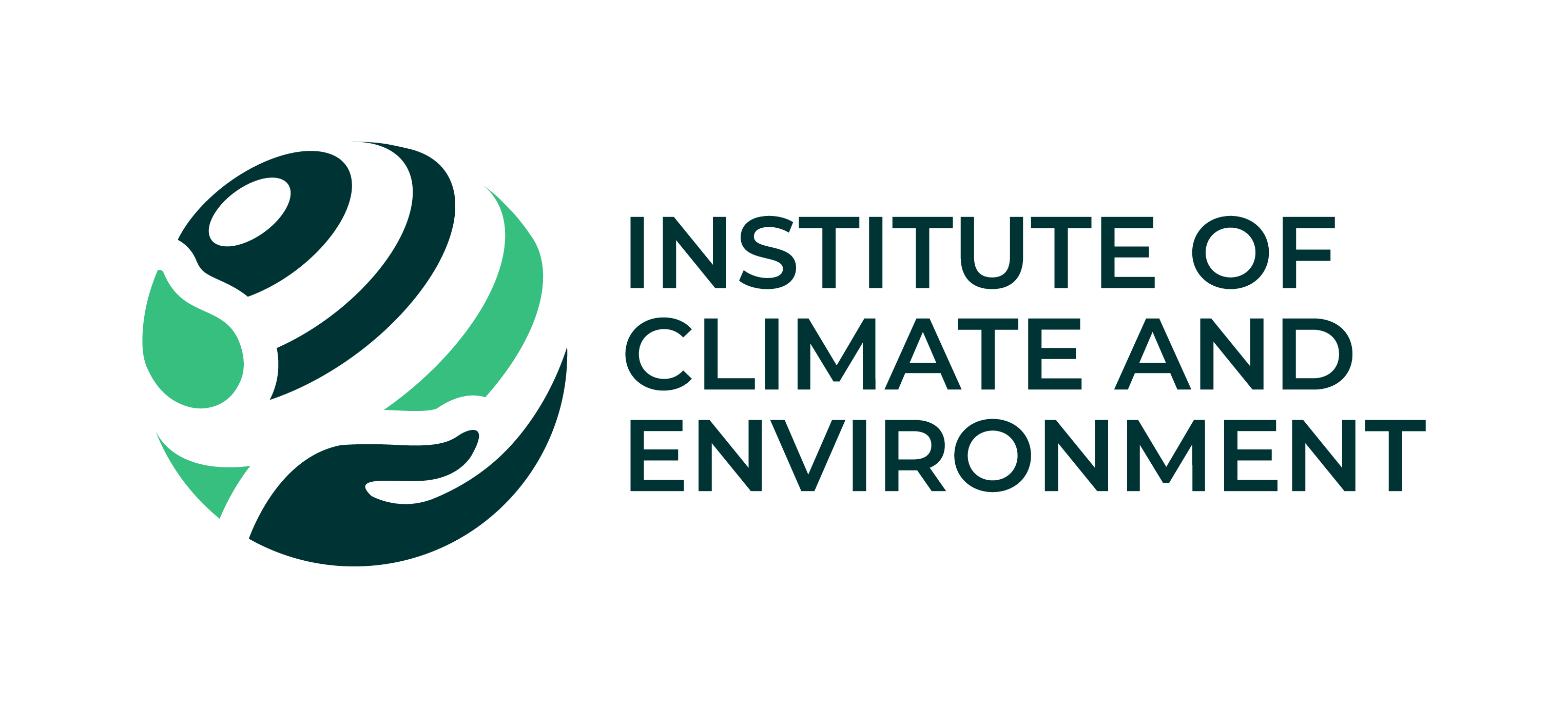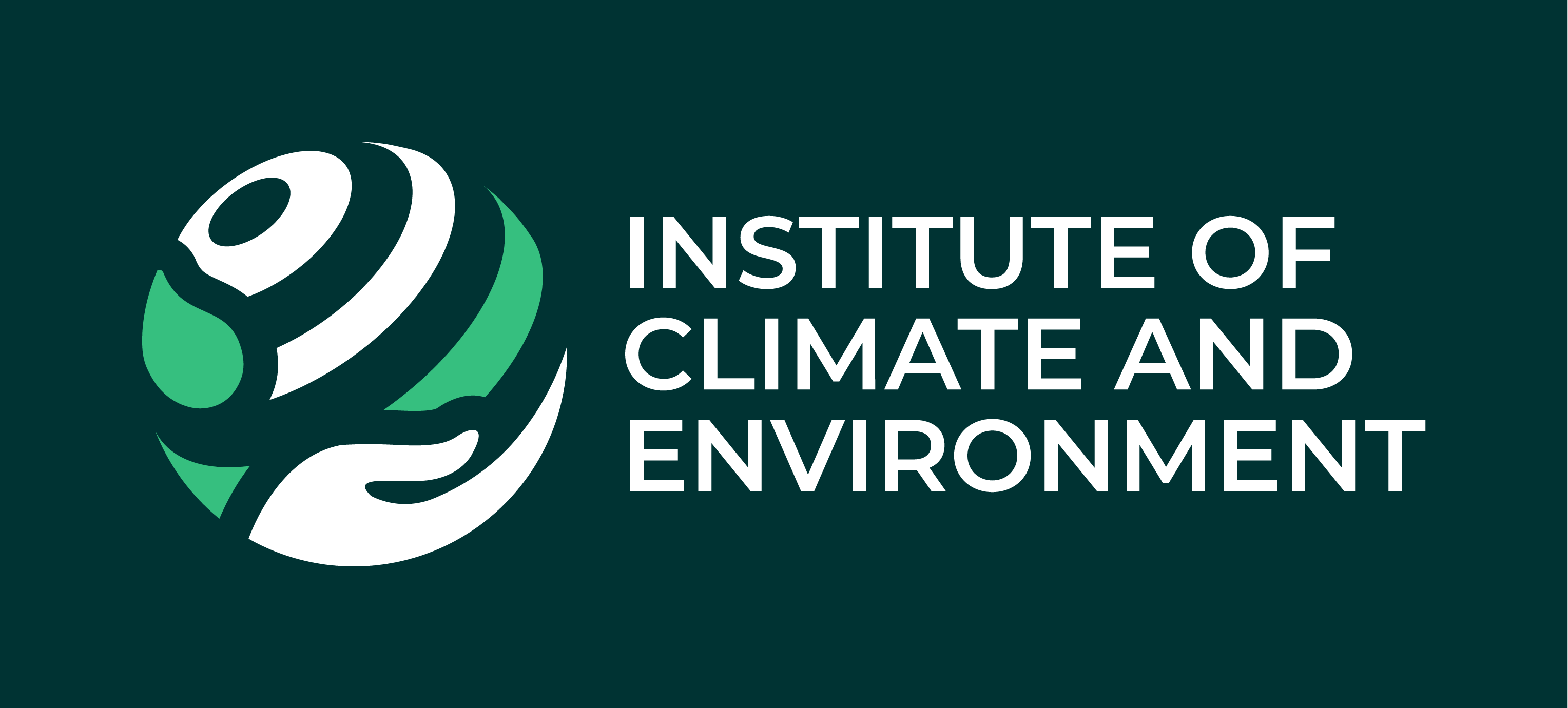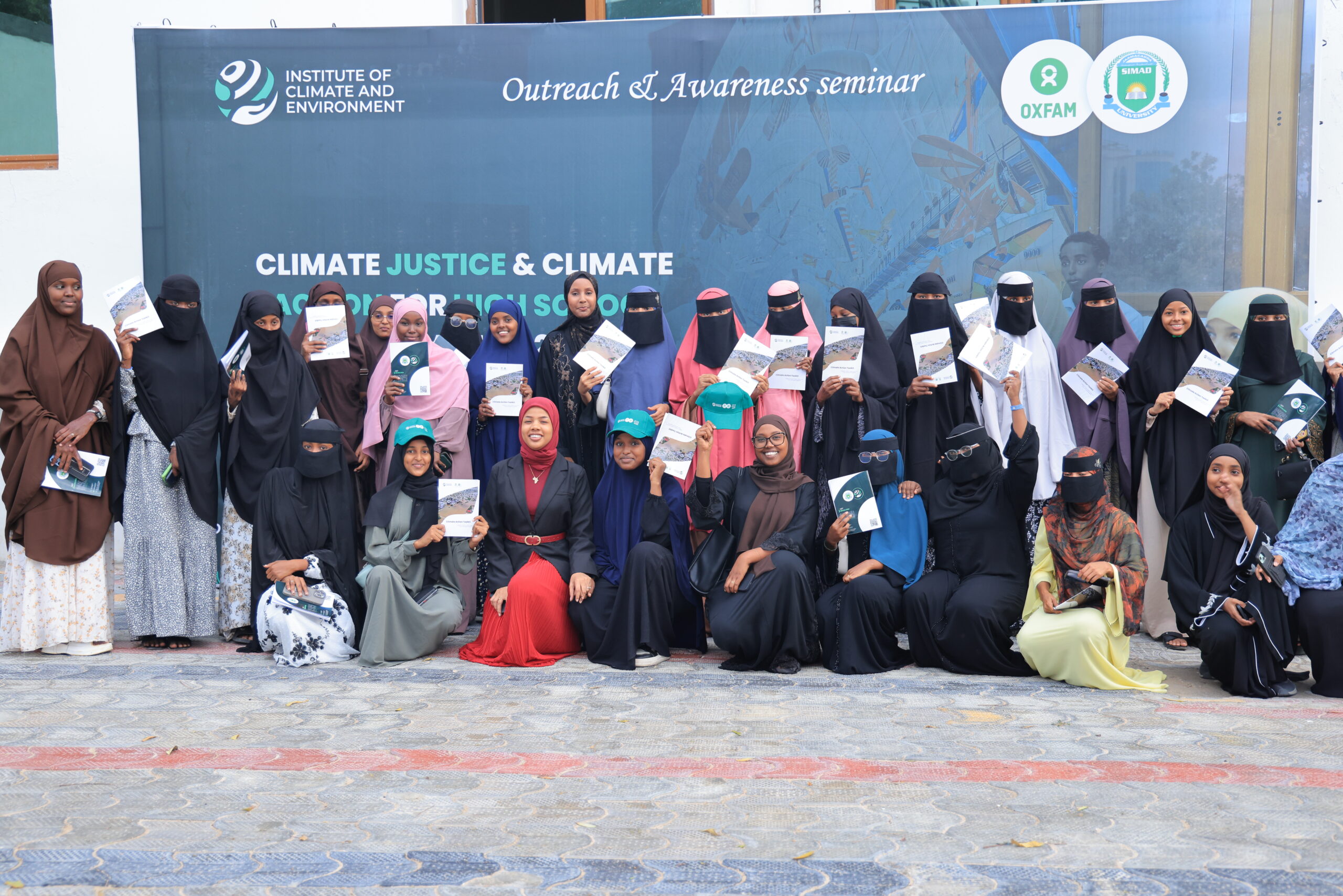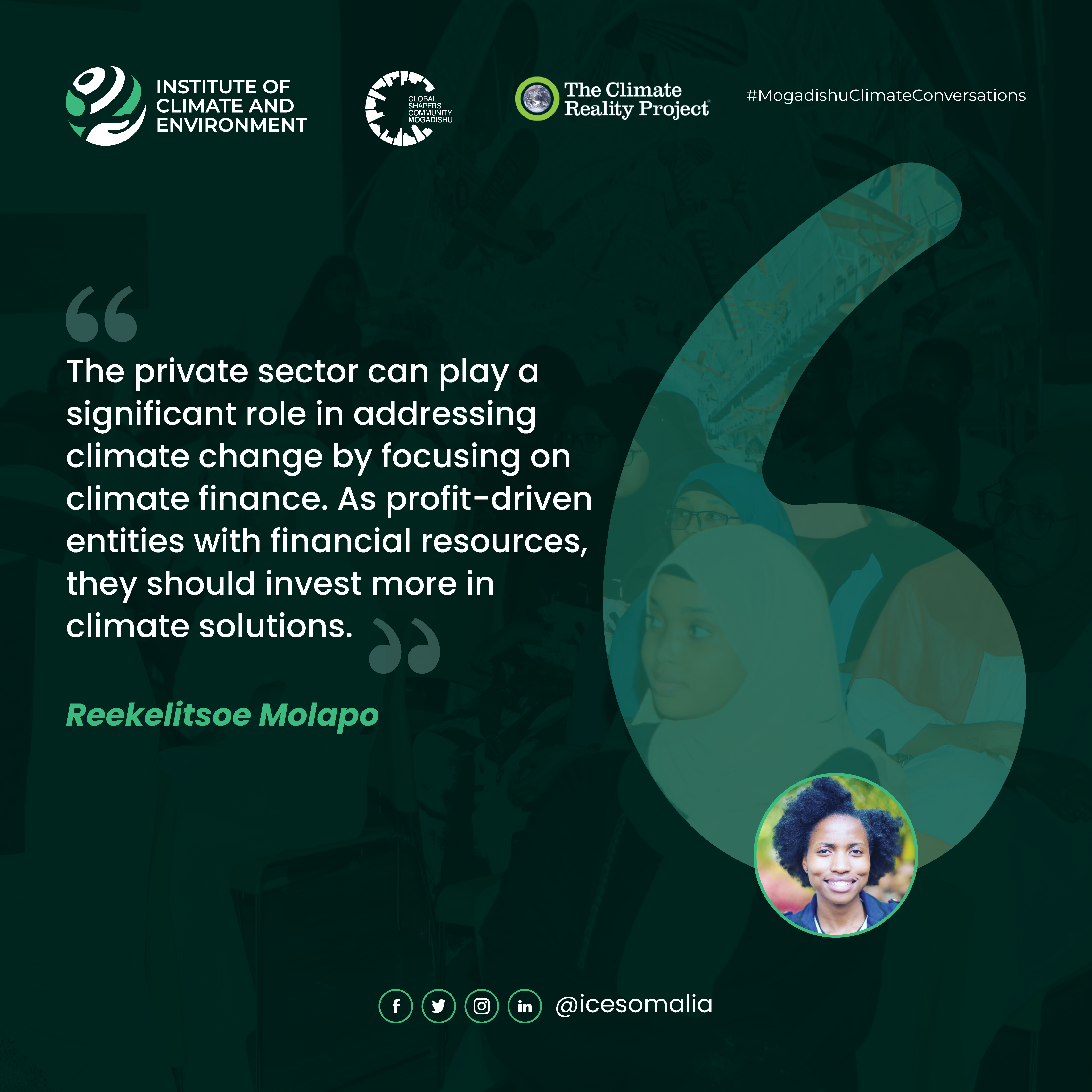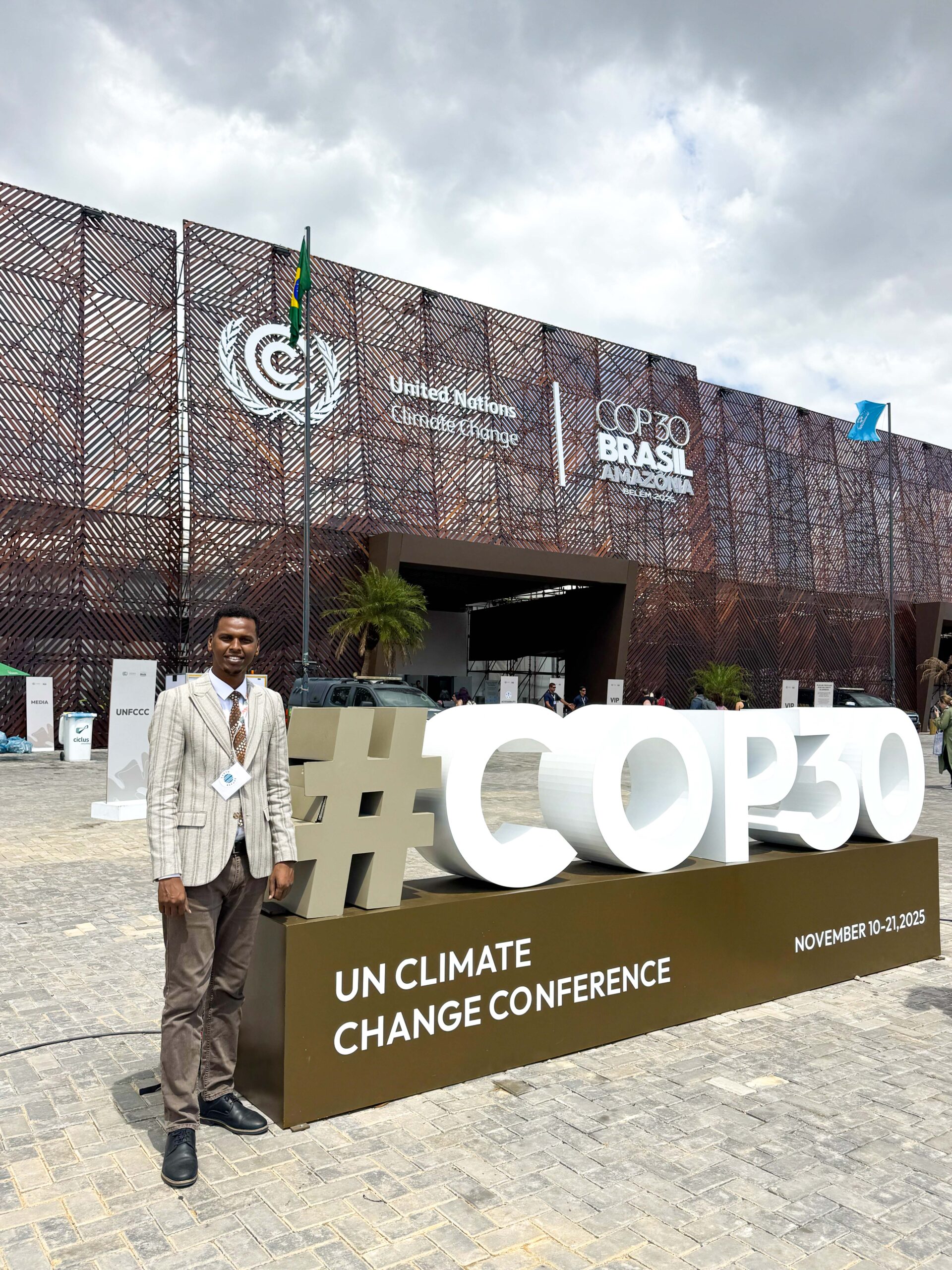
Environmental Degradation and Droughts in Somalia: Urgent Call for Sustainable Solutions
For decades, Somalia has faced the most devastating droughts because of the deteriorating environmental conditions. The environmental degradation is attributed to intensive overgrazing, deforestation, and unsustainable land use practices leading to soil degradation and loss of vegetation, which diminished the fertile land. However, it was terrible for farmers to grow agricultural products, resulting in food insecurity across the country. Consequently, environmental degradation has worsened the droughts in the country, which caused severe humanitarian conditions.
The longest and most severe drought that Somalia has ever experienced is currently underway. There have been numerous severe droughts in Somalia in recent years, including the widespread famine that affected over 6 million people in 2016-2017. According to the International Rescue Committee assessment, if humanitarian assistance is not greatly boosted, 135 people might succumb per day from January to June 2023 due to the drought. A number of variables, including several failed rainy seasons, escalating temperatures, and the consequences of climate change, contributed to the drought.
Due to its dry and semi-arid environment, Somalia is vulnerable to droughts as a large portion of the nation receives very little rainfall. Droughts may have serious repercussions, especially in rural areas where many people depend on agriculture and livestock for a living. Agriculture is the primary source of income and food security for the country’s majority population in rural areas. The sector relies on rainfall that fluctuated over the past several years due to the changing climatic conditions. Besides, the nation’s water supplies are also dependent on the Juba and Shabelle rivers, whose water flow has decreased due to the severe effects of environmental deterioration. The country might face loss of crops and livestock due to water scarcity, which could be a result of migration. These effects can worsen the nation’s instability and insecurity while increasing the risk of illness and exacerbating poverty.
As of June 17, 2023, Desertification And Drought Day. In Somalia, forests that provide crucial resources for pastoralists during dry seasons and times of drought are being endangered due to massive deforestation. Somalia has seen severe deforestation due to the strong demand for charcoal. The process of charcoal production involves burning trees and then being offered for sale for use in cooking and heating. The World Bank reports that between 2000 and 2017, Somalia lost over 686,000 hectares of forest—an annual loss equal to at least 6% of all the trees lost in Africa—often as a result of utilizing the land for livelihoods like charcoal production. Soil erosion, desertification, and biodiversity loss have all been brought on by the loss of trees. Several issues, such as a lack of access to alternative fuels, poverty, and business purposes, contribute to the need for charcoal in Somalia. Because it is affordable and widely available, charcoal is the most frequent form of energy utilized for household consumption. In addition, many individuals who depend on charcoal for a living have been displaced due to the ongoing turmoil in Somalia.
Alongside global warming, Somalia has suffered greatly as a result of environmental deterioration, leading to frequent droughts. The recent droughts have been a consequence of diminished water supplies and food insecurity, which have caused extensive livestock death and crop failures. Immediate action is required in order to address droughts and enhance Somalia’s environment. Due to the complicated institutional context of Somalia, efforts to solve the issue of charcoal production and exports have been difficult. Alternative energy sources, assistance with reforestation efforts, and the implementation of tougher regulations on charcoal production and trade are among the attempts that could encourage a sustainable environment in Somalia.

